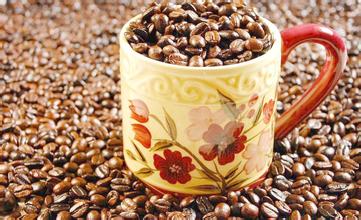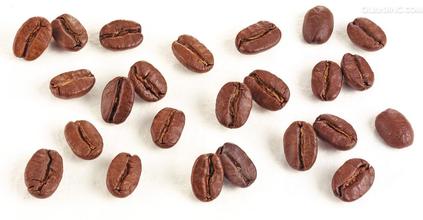Introduction to the taste of grinding scale varieties by describing the flavor of coffee in Santa Rita, Colombia
Introduction to the taste of grinding scale varieties by describing the flavor of coffee in Santa Rita, Colombia
The pure taste of Colombian coffee, in addition to the natural environment with the most favorable conditions for coffee growth, is inseparable from the hard work of local growers. In Colombia, coffee cultivation has reached 1.07 million hectares, there are about 302000 coffee plantations in the country, and 30 to 40 per cent of the rural population depends directly on coffee production. Although there are many farms in Colombia, they are not large in area. The area of each farm is only about 2 hectares, and more than 80% of the coffee plantations have only about 5000 coffee trees, an average of 3000. Thus it can be seen that agriculture in Colombia belongs to the small-scale farm type. The locals plant tall trees or banana trees around the coffee trees. Build an Arbor for coffee trees at the seedling stage to ensure the cool and humid environment needed for coffee growth. Due to the high humidity, small temperature difference and slow ripening of coffee beans in the coffee forest, which is conducive to the accumulation of caffeine and aromatic substances, the quality of coffee is the best.
Compared with other producing countries, Colombia is more concerned with developing products and promoting production. It is this, coupled with its superior geographical and climatic conditions, that makes Colombian coffee excellent in quality and delicious and famous all over the world. The status of coffee in Colombia is evident in the following example: all vehicles entering the country must be sprayed and sterilized so as not to inadvertently cause disease and damage coffee trees.
In addition, the export management of the coffee trade in Colombia is mainly the responsibility of the National Federation of Coffee owners. It is an unofficial industry organization with several government ministers as its members. Colombian law clearly stipulates that only private businessmen with federation licenses can export coffee in order to maintain the image of Colombian coffee in the world and to ensure stable government revenue in the coffee trade.
It has long been thought to be monopolized and underwritten by Japanese roasters. In recent years, the Colombian government has asked Japanese roasters to withdraw some of their shares in order to encourage free trade. The Colombian National Federation of Coffee growers is also paying more and more attention to the market. In 2007, Luis Fernando Sambel, intellectual property director of the National Federation of Coffee growers of Colombia, said in an interview with a Chinese reporter, "We are doing a feasibility study on entering the Chinese market." He believes that Chinese consumers, like Japanese consumers, can change their preference from tea to coffee.

Important Notice :
前街咖啡 FrontStreet Coffee has moved to new addredd:
FrontStreet Coffee Address: 315,Donghua East Road,GuangZhou
Tel:020 38364473
- Prev

Columbia Hope Manor Coffee Flavor description method Grinding scale Variety taste introduction
Colombia Hope Manor Coffee Flavor description, Grinding scale Variety introduction Hope Manor is different from other manors, with doctoral botanists, three professional cup surveyors, 100 full-time employees, and currently manages a manor under its jurisdiction. The estate is owned by the Herrera brothers. In fact, the grandfather of the Herrera brothers ran a coffee farm in the Trujillo district of Colombia.
- Next

Colombia Santa Rita Estate Coffee Bean Flavor Description Processing Variety Taste Characteristics Introduction
Colombia Santa Rita Estate Coffee Bean Flavor Description Processing Variety Taste Characteristics Introduction Arabica coffee accounts for about 65% 80% of the coffee beans in the world. Arabica beans are longer, flatter, fuller and greener in shape. Arabica coffee has a varied and broad flavor potential. Arabica coffee produced in different regions, at different altitudes, in different climates is usually
Related
- Does Rose Summer choose Blue, Green or Red? Detailed explanation of Rose Summer Coffee plots and Classification in Panamanian Jade Manor
- What is the difference between the origin, producing area, processing plant, cooperative and manor of coffee beans?
- How fine does the espresso powder fit? how to grind the espresso?
- Sca coffee roasting degree color card coffee roasting degree 8 roasting color values what do you mean?
- The practice of lattes: how to make lattes at home
- Introduction to Indonesian Fine Coffee beans-- Java Coffee producing area of Indonesian Arabica Coffee
- How much will the flavor of light and medium roasted rose summer be expressed? What baking level is rose summer suitable for?
- Introduction to the characteristics of washing, sun-drying or wet-planing coffee commonly used in Mantenin, Indonesia
- Price characteristics of Arabica Coffee Bean Starbucks introduction to Manning Coffee Bean Taste producing area Variety Manor
- What is the authentic Yega flavor? What are the flavor characteristics of the really excellent Yejasuffi coffee beans?

